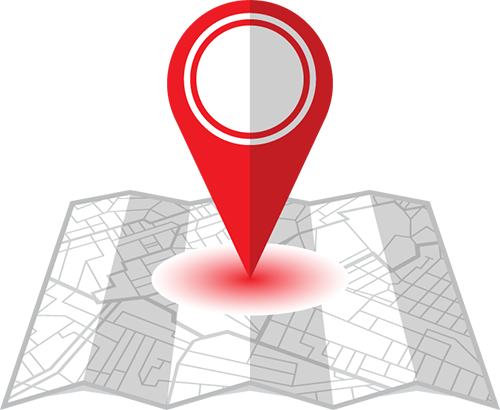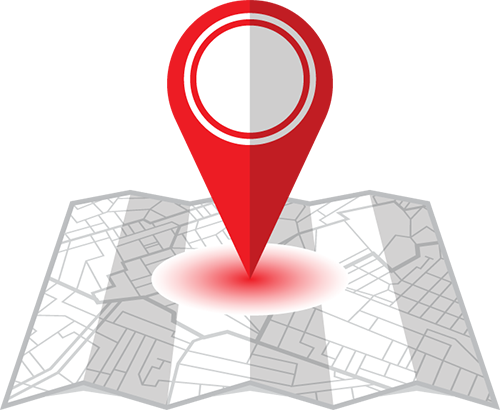

From the vast starry sky to the vast ocean and the expansive land, sensors serve as the source of information acquisition and are the bridge connecting the physical world to the digital world. They have become one of the most important cornerstones of an information society. The main function of sensors is to convert various physical quantities, chemical quantities, or biological characteristics into detectable and digitized electrical signals, making them our primary tool for perceiving the world.

Sensors play a crucial role in all aspects of modern society, including scientific research, industrial production, national defense security, and healthcare, fulfilling an indispensable key function. Currently, sensors have evolved from early discrete devices composed of sensitive elements and processing circuits into intelligent sensing microsystems that integrate information acquisition, processing, transmission, and power supply functions, commonly referred to as high-end sensors, which are characterized by their digitalization, miniaturization, and intelligence.
However, due to the high precision and sophistication of high-end sensors, they have also become a core “bottleneck” technology that we currently face.

High-End Sensors Are a Crucial Bottleneck Technology
So, why are high-end sensors a crucial “bottleneck” technology? What can high-end sensors bring us? How far is our country from becoming a sensor powerhouse?
First, the characteristics of sensors are very distinct: First, sensors involve many new principles, new materials, and new devices, which are closely related to innovations in many fundamental sciences and technologies. Furthermore, sensors are directly applied to complete equipment or serve end users, making their connection with various industries and fields equally tight. For example, many high-end sensors in integrated circuit (IC) equipment are classified as key core technologies.
Second, sensors often gather cutting-edge technologies from various disciplines such as physics, chemistry, electronics, mechanics, design, manufacturing, and testing, showcasing a clear characteristic of interdisciplinary integration. At the same time, the investment in the sensor industry is also substantial, as the sensitive structures of high-end sensors are primarily manufactured using MEMS (Micro-Electro-Mechanical Systems) technology, highlighting the dual characteristics of technology and capital intensity in high-end sensors.
Third, the wide application of sensors leads to a vast array of technical categories, and the corresponding distribution of products and industries is very broad. For instance, there are thousands of solutions for just one pressure sensor across various industries such as hydropower, transportation, industrial production, automatic control, aerospace, power electronics, petroleum, chemical engineering, and exploration, each with its unique requirements.
Secondly, the positioning of sensors within the industrial technology system is that of “basic components and devices”, as sensors are the source of information acquisition and the interface between the physical world and the digital world. Their significance lies in: they are the “foundation of industry” on which various modern industries depend for survival and development; they are also the “key to performance,” directly determining the performance and quality of major equipment and complete products.
It is precisely due to the foundational and critical nature of sensors that it has created bottleneck issues and dependencies: namely, the high dependence on foreign technologies or products has a serious impact on our country’s industry, even threatening national security and strategic interests. High-end sensors, which are crucial for our key industries, economic development, and national defense security, but also face significant technological bottlenecks or dependencies on imports, have become a “bottleneck” technology that urgently needs to be overcome.

What Can High-End Sensors Bring Us?
Sensors Are the Pioneers of Innovation at the Cutting Edge of Technology. Throughout the history of technological development, the formation of various world scientific centers has benefited from breakthroughs in core sensor technologies and the birth of important scientific instruments based on them.
Statistics show that 72% of the Physics Prizes, 81% of the Chemistry Prizes, and 95% of the Physiology or Medicine Prizes on the Nobel Prize list were completed with the help of cutting-edge sensors and instruments, with 38 awards given to over 60 individuals for the invention of new principle scientific instruments. The key to detecting and characterizing things and obtaining scientific data lies in high-end sensors: for example, photodetectors, electronic detectors, temperature sensors in X-ray diffractometers, X-ray computed tomography scanners, super-resolution fluorescence microscopes, and electron microscopes; displacement sensors, force sensors in mass spectrometers and scanning tunneling microscopes, etc. In modern scientific instruments, high-end sensors are decisive and directly represent the level of analysis, detection, and characterization.
In the Main Battlefield of the National Economy, Sensors Are Multipliers. The application fields of sensors are extremely broad, penetrating almost every aspect of social production and life. For instance, traditional mobile phones with only communication functions have integrated a large number of sensors: image sensors, gyroscopes, accelerometers, distance sensors, ambient light sensors, magnetometers, capacitive sensors, temperature sensors, humidity sensors, pressure sensors… transforming traditional mobile phones into smart terminals, significantly enhancing their functions and performance, especially improving their interaction capabilities with humans. The development of the mobile phone industry has not only been “multiplied” but has also entered a new era.
Of course, the sensor industry itself also has a market scale that cannot be underestimated. According to data from the German data analysis company Statista, the global sensor market size was $251.29 billion (approximately 1.79 trillion RMB) in 2022. Among them, China’s sensor market size was 309.69 billion RMB, with a compound annual growth rate of 12.26% from 2019 to 2022.
Although China’s sensor market growth rate is relatively stable, global leading companies such as Emerson, Siemens, Bosch, STMicroelectronics, Honeywell, and others occupy about 60% of the domestic sensor market share, especially in the high-end sensor market, approximately 80% of sensors in China rely on imports. It is particularly noteworthy that apart from the trillion-level market of sensors themselves, research indicates that the output value created by the upstream and downstream industrial chains driven by sensors is about six times that of the sensor industry output value.

Sensors Are the Key to National Strategic Projects

How Far Are We from Becoming a Sensor Powerhouse?
Author Information

You Zheng, leader of the National Excellent Engineer Team, Academician of the Chinese Academy of Engineering, currently serving as the President of Huazhong University of Science and Technology, and concurrently holding positions as Vice Chairman of the China Association for Science and Technology, Executive Deputy Director of the Science and Technology Committee of the Ministry of Education, and Chairman of the China Instrument and Control Society. His main academic direction is the technology and application research of intelligent microsystems. He was one of the first to carry out technological innovation and engineering practice in MEMS, intelligent microsystems technology, and micro-nano spacecraft in China. As the chief responsible person, he has designed, constructed, and operated several micro-nano satellites such as “TH-1,” “NS-1,” “NS-2,” and “NS-3” in orbit. He has won the second prize of the National Technology Invention Award three times and the second prize of the National Science and Technology Progress Award twice.

Source: Learning Times
Reprinted from: Sensor Expert Network
